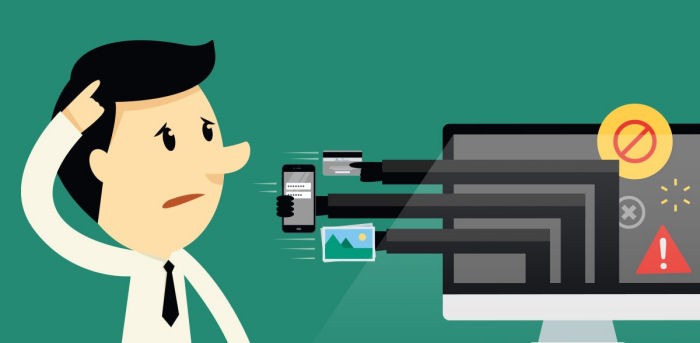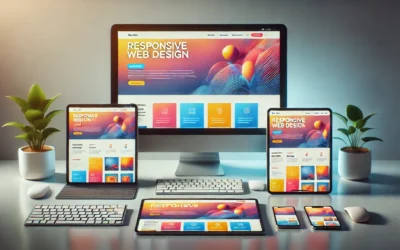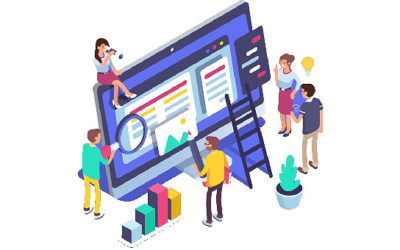If you are thinking of commissioning a web designer to build you a website here is some critical advice that may save you a lot of money.
Before you even start to think about the design aspects of the site, such as how you want the website to look, what colours you want used, or how many pages it should have, focus your energy on the following decisions.
- What you want the website to do for you.
- How much you want to spend.
Unless you are clear about these two decisions you will almost certainly go down the wrong track. Both of these decisions relate to each other as I will explain below.
Consider what you want the website to do for you.
Websites vary a great deal.The outcome that you want from a visitor who arrives on the site will decide the type of website to go for. Here are some examples
An online brochure site
If your goal is simply to have an online presence and get a few online enquiries then this is for you, especially if.you have budget constraints. A brochure website describes your company and its product and/or service. Visitors can read through the site and call you or email you using the contact information you give on the site.
The advantages of an online brochure website as opposed to relying solely on printed marketing materials are;
- You save the cost of printing brochures.
- You can include much richer content than you can in paper brochures – video, image galleries, and audio.
- Online brochures needn’t be restricted to a few pages. Indeed we have built brochure sites with hundreds of pages.
This type of site is the cheapest to design and build but don’t expect too much from it in the way of leads. If you want a site that will aggressively generate leads you need to go to the next level.
A lead-generation site
If your goal is to generate lots of leads, then you will need much more than a simple brochure website – a lead generation website
Design your website, from the outset, with online marketing in mind. Things that need considering are:
- The website needs building and structuring in such a way that it will get good rankings on search engines to attract visitors. In other words, optimized for search engines.
- Search engine optimization (SEO) is an ongoing process so you need to have someone check search engine rankings and traffic regularly, and update the site accordingly.
- Structure the website in such a way that it can steer visitors to the contact sections of the site.
- You should also include an email sign-up form to collect interested visitors’ email addresses and periodically send out marketing emails to people on your email list.
- You should also include a blog, and links to social media accounts.
- Ideally, you should integrate your blog pages with your social media accounts such that these account can drive traffic back to your website, via your blog pages, where the website can then turn these visitors into active leads.
The lead-generation type of site is, in reality, part of your overall marketing system and, as such, will involve significant cost. This is one reason why you need to decide your budget beforehand. If it’s not done properly you will almost certainly waste your money.
An e-Commerce site to sell products online
If you require an e-commerce website (online shop) then you will need:
- A website with a shopping cart platform suitably designed and configured.
- Some way of taking online payments.
- Configure your store with all your products and kept up to date.
- You will have to put effort into managing orders.
- To market your store. One way that many businesses with online shops do this is using pay-per-click on search engines such as Google.
As you can imagine, setting up, maintaining, and operating an online shop is not cheap. However it is now relatively easy to add a shopping cart system to an existing website so that you could start with a simple brochure site and expand it later into a full-blown e-Commerce site.
Informational site
You may want to support your existing customers with a website to give information. Such a site can significantly cut your support costs.
A site such as this typically has:
- Online manuals
- Support articles
- FAQ section
- Informational (how to) videos
- An online forum where people can post questions and receive/give feedback
Costs for this type of site are, typically, not as high as a costs for lead generation sites or even as high as most online shopping sites. But that will vary depending on how much information you have and how many customers you are supporting.
As you can see from the above, what you want a website to do can’t be separated from your budget. My advice, if your budget is tight, is don’t be too ambitious and cut corners to keep the cost down. Instead, start small – with an online brochure site, for example – and then add to it when you can afford more. Modern websites, built on platforms such a WordPress, lend themselves very well to this incremental-type of approach.
Take look at day10.co.uk if you are interested in learning more about this topic.






